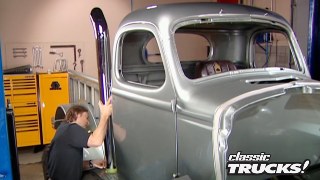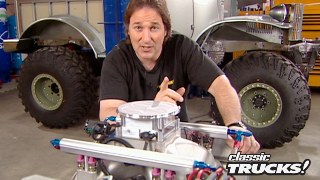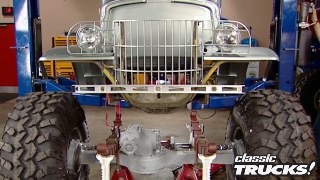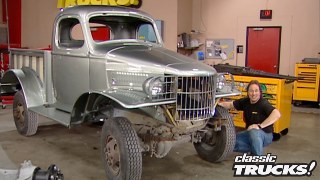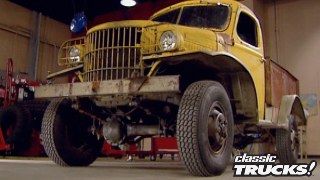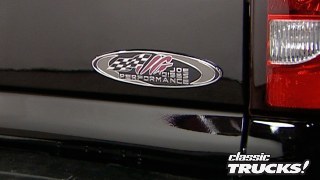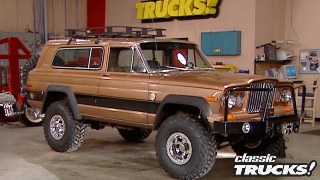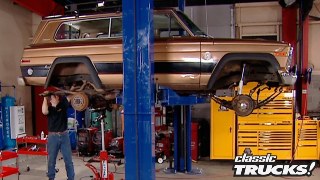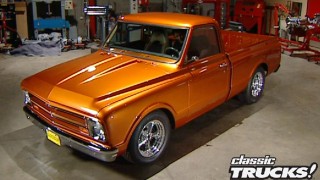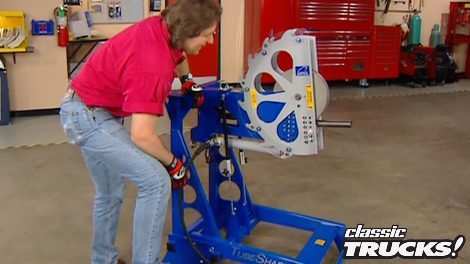
Tools & Techniques
Stacy familiarizes us with indispensable tools for vehicle restoration, emphasizing the importance of investing in quality equipment. Meanwhile, Brian Taylor's monstrous, custom-made Chevy with a 540 c.i. big block engine is unveiled, showcasing meticulous craftsmanship that combines imposing size with incredible detail and functionality.
Season 4
Episode 19
Hosts: Stacey David, Mel Fair
First Air Date: July 20, 2018
Duration: 21 minutes 48 seconds
